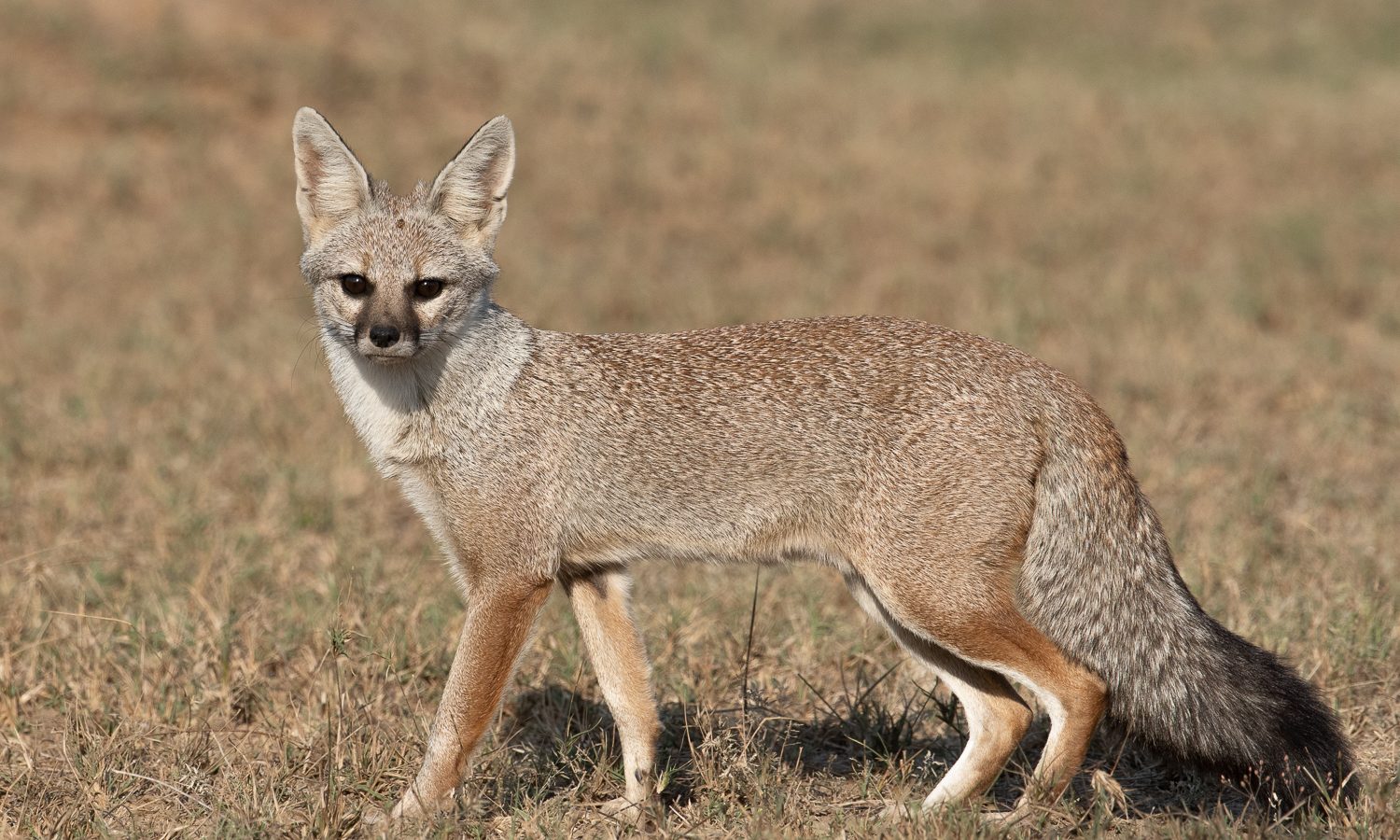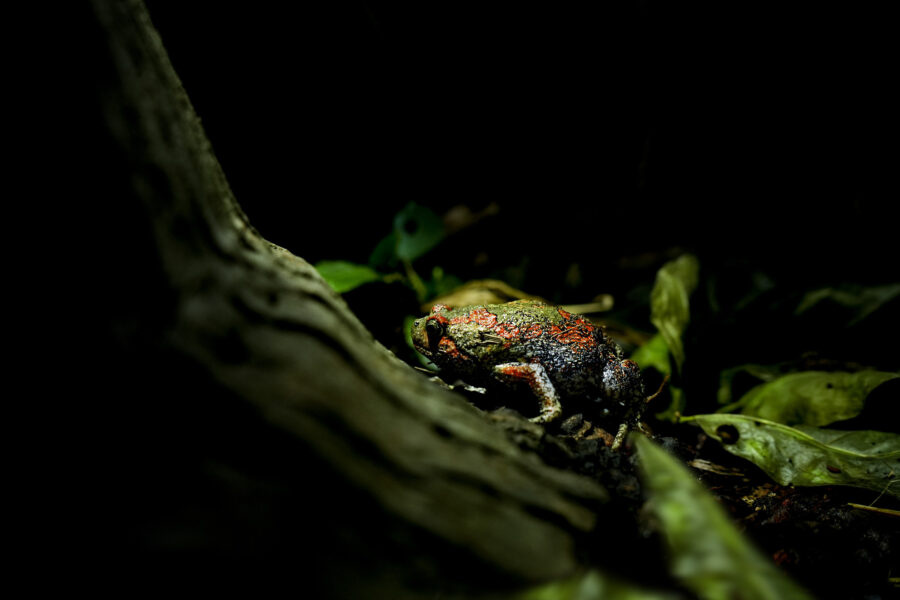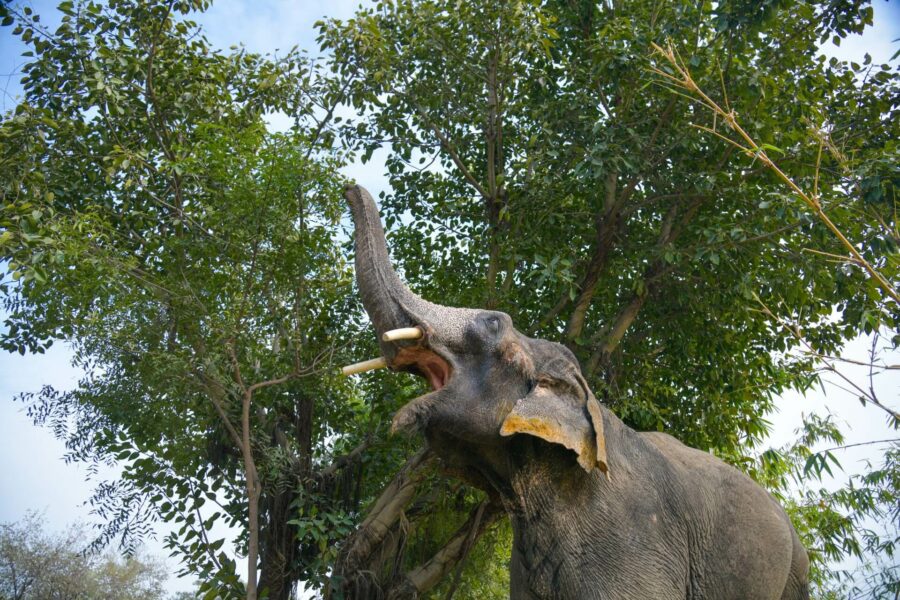Nature harbours some of the most curious relationships. Ostriches and zebras, elephants and beetles, woodpeckers and ants. These odd alliances are a result of species finding ways to make other species act in their best interest.
Symbiosis is an umbrella term for lifelong interactions between animals of different species living together (plants do this too!). While one species in the relationship always benefits, the other may benefit (mutualism), remain unaffected (commensalism), or be harmed (parasitism and predation).
Mutualism is the most common symbiotic relationship found in nature and can either be:
- Obligate: where the species involved can’t survive without each other; or
- Facultative: where the species involved can survive without each other but greatly benefit if they stick together
In commensalism, on the other hand, one species uses another for housing or transportation without any effect on the other’s wellbeing.
Why does nature nurture such relationships?
One word: balance. For different species to survive in a common space with limited resources, there needs to be the right amount of give-and-take. That’s how ecosystems maintain their integrity and sustain themselves.
Here’s a look at some fascinating relationships that have evolved over time:
1. Indian Rhinoceros and Mynas
Mutualism
Flocks of mynas can often be seen hitching rides on the backs of rhinos. This way they can be in close proximity to insects stirred up by these hulks – gaining a steady supply of food. In return, the mynas clear ticks, horseflies, and other parasites off the rhino’s back and alert the rhino of approaching predators.
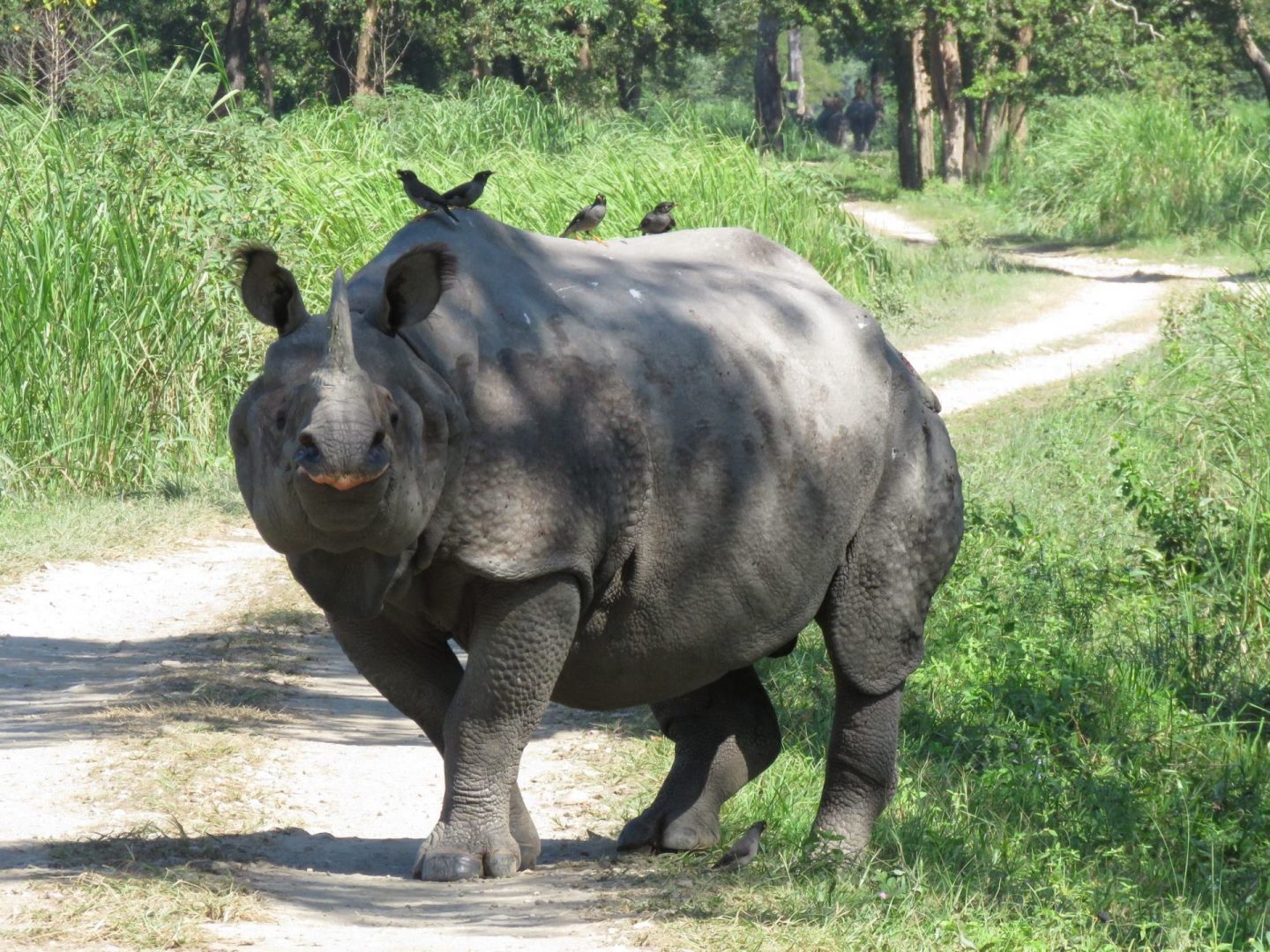
2. Ostriches and Zebras
Mutualism
Here’s the perfect example of having each other’s back. Two differently abled animals – ostriches with their poor sense of hearing and smell and zebras with poor eyesight – complement each other. The zebra keeps a lookout for potential threats to the ostrich while the ostrich stays vigilant towards the zebra’s predators.
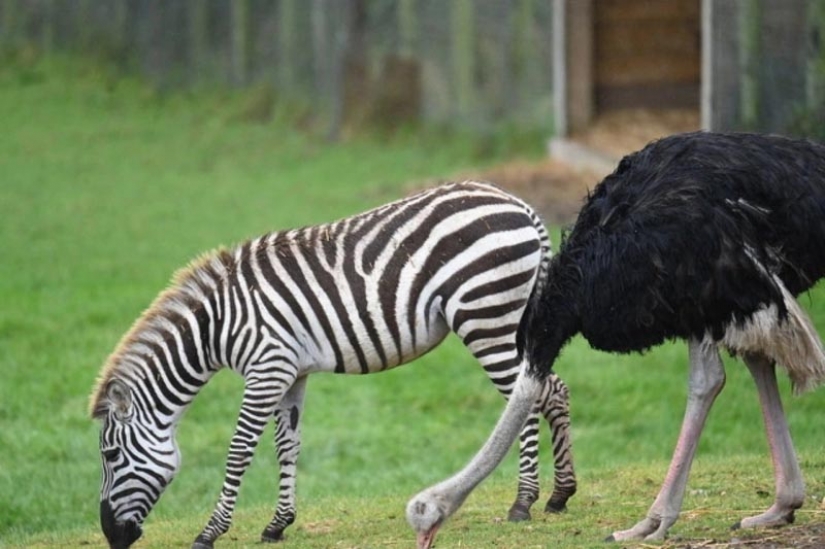
3. Honey Badgers and Honeyguides
Mutualism
When searching for fresh honeycombs, look out for little brown birds, chirping aloud to catch your attention. Honeyguides, as their name suggests, guide honey extractors like honey badgers to the nearest honeycomb and wait patiently for the honey to be extracted. They then feed on leftover beeswax and larvae of the bees.
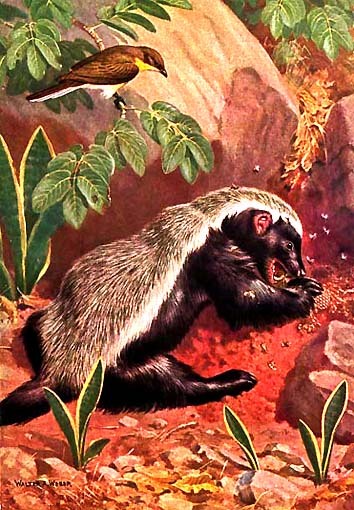
4. Rufous Woodpeckers and Tree Ants
Mutualism
Otherwise harmful to each other, these species exhibit a strange symbiotic relationship. Black tree ants constitute a major portion of a Roufous’s diet, but when about to lay an egg, the bird looks for nests of black tree ants that it can occupy. As a peace offering, the bird refrains from eating the ants and does not allow other birds to do so either. The ants are happy to temporarily donate their home to the bird as they are in less danger of being eaten.
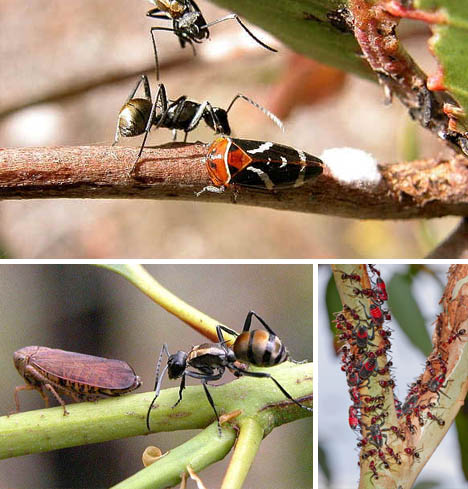
5. Asian elephants and Dung Beetles
Commensalism
Flightless dung beetles feed on elephant feces that have large amounts of undigested plant matter, a good source of nitrogen they can use to build muscle. The elephant remains unaffected by this interaction.

6. Water Buffaloes and Cattle Egrets
Commensalism
Like mynas on rhinos, egrets hop on for free rides on buffaloes trudging along. They feed off of little insects the herds pick up on the way. Apart from the company, the buffaloes don’t really benefit.
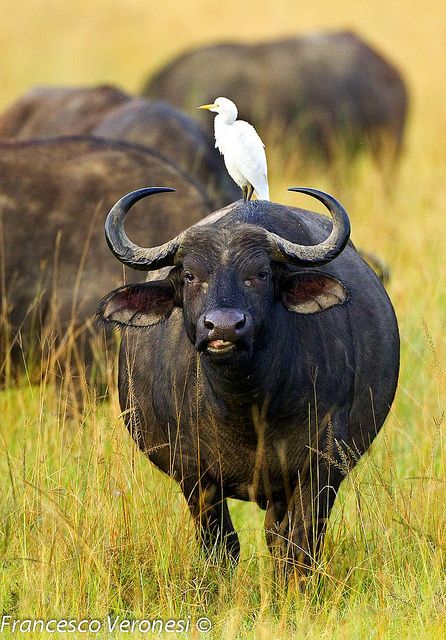
7. Antbirds and Army Ants
Commensalism
Antbirds follow army ants to find food. As army ants march across the forest floor, they eat everything in their path. Insects trying to escape the ants, fly up into the vicinity of the antbirds who can easily catch them. The ants do not mind the presence of the bird.
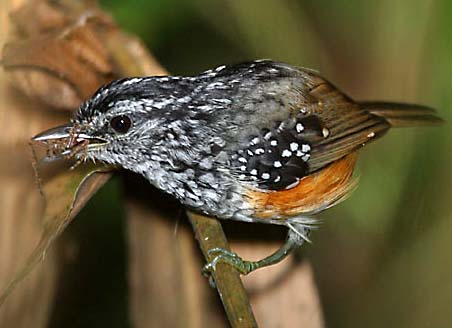
8. Golden Jackals and Tigers
Commensalism
Lone golden jackals exiled by their pack cautiously tread on the heels of a tiger so they can feed on leftover kill. Occasionally, the jackal even alerts the tiger in the direction of a kill. Because the tiger does not intentionally help the jackal, this is a commensalistic relationship and not a mutualistic one.
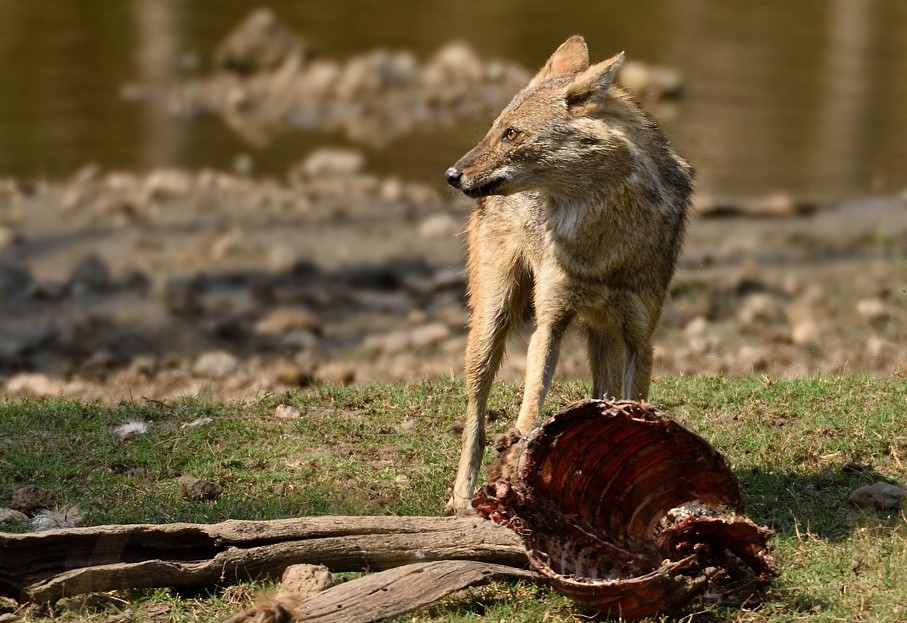
9. Tapeworms and Foxes
Parasitism
Tapeworms affix themselves to the small intestinal walls of canids like foxes where they draw nutrition from partially digested food. While the fox does not die, its health does decline.
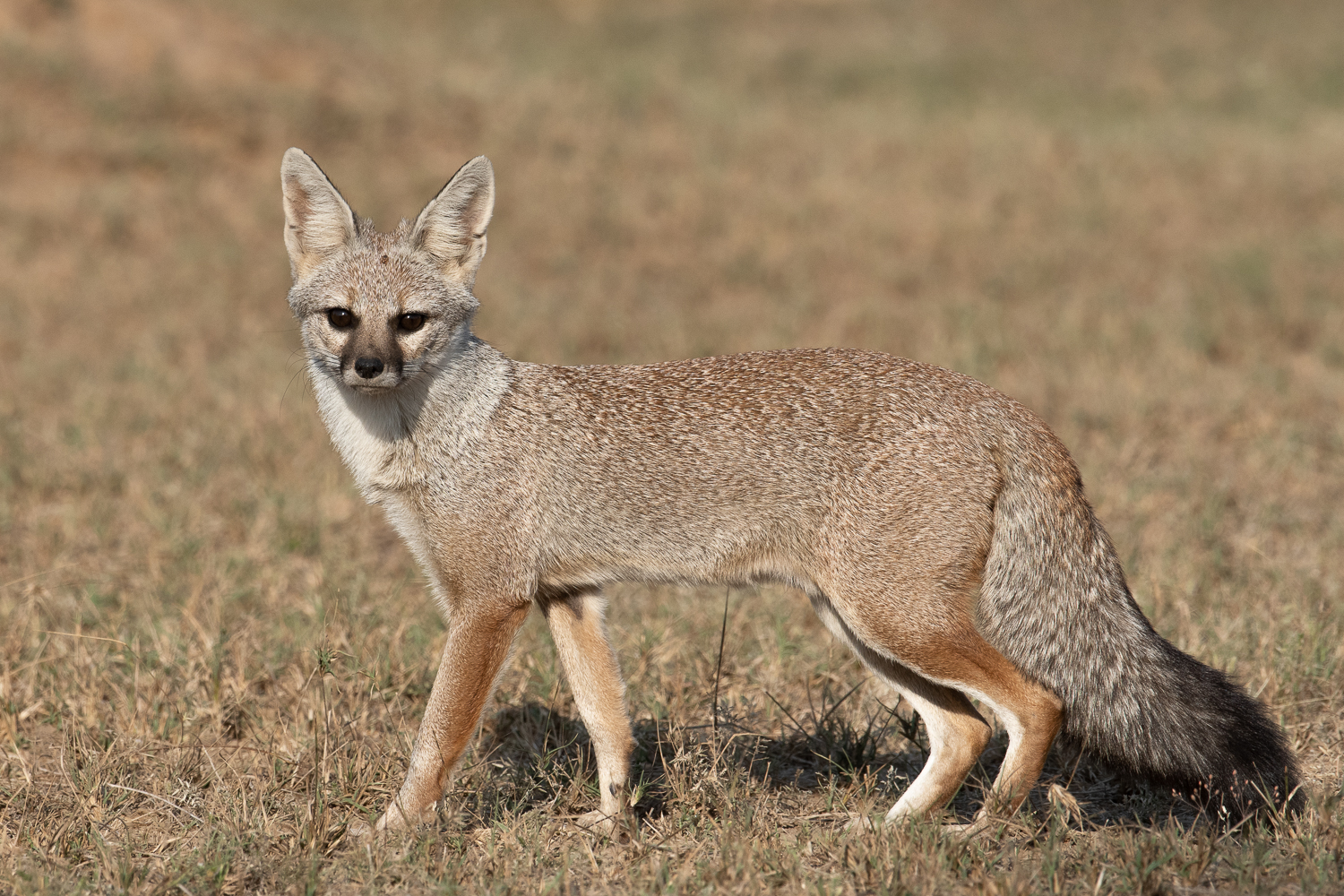
10. Indian Leopards and Chital
Predation
Indian leopards are solitary predators that use their powerful jaws to kill mid-sized prey like chital. They safeguard their kill from other competing predators like dhole by stowing the carcass away up on trees. In a predatory relationship, prey like chital meet their unfortunate death.
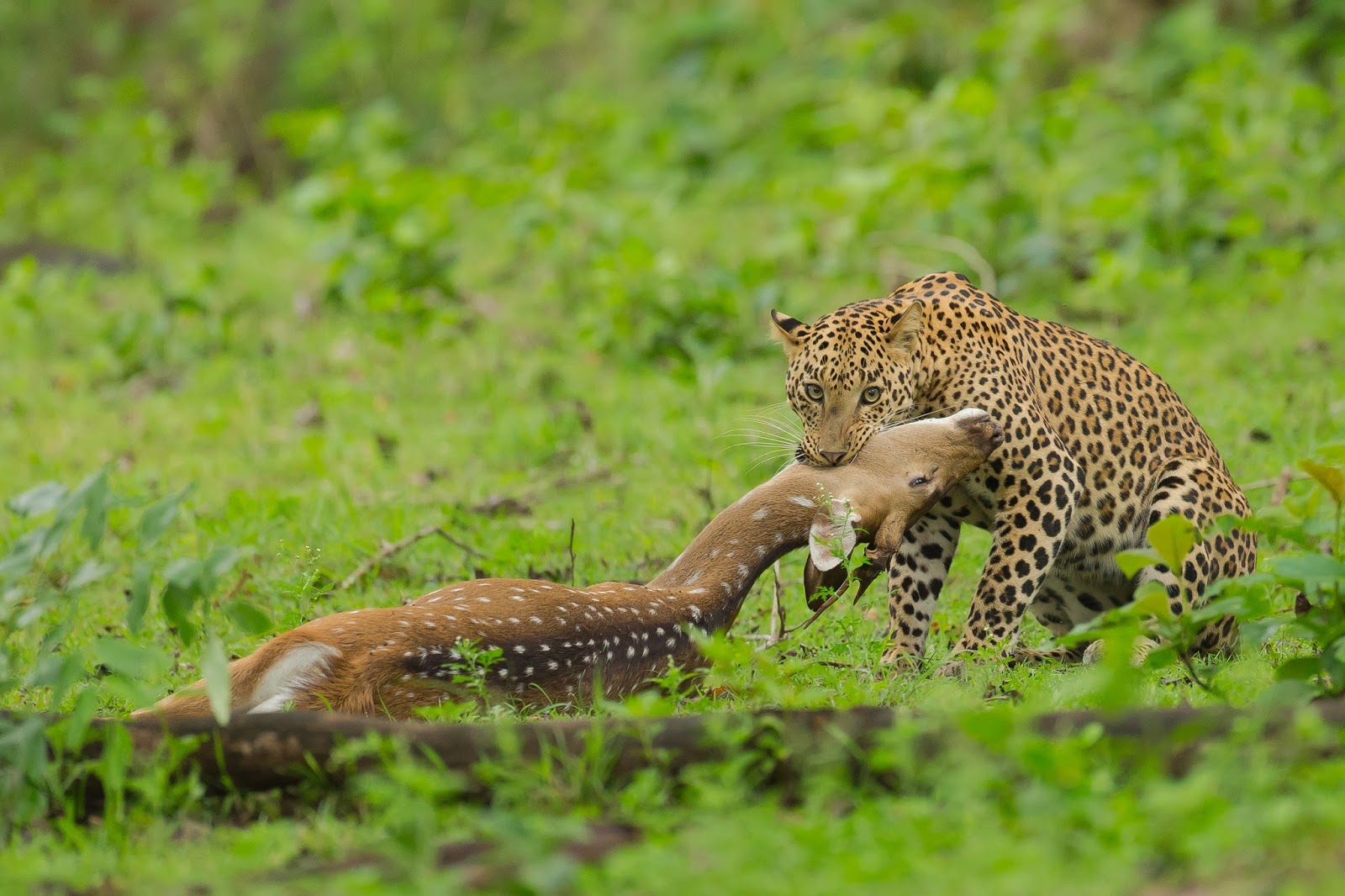
As you can now tell, there are many inconspicuous relationships in nature that are less known – and so many more unknown. They may seem benign but all help maintain the delicate balance that our ecosystem needs to stay healthy. These co-dependencies are necessary for species to survive, including our own.

